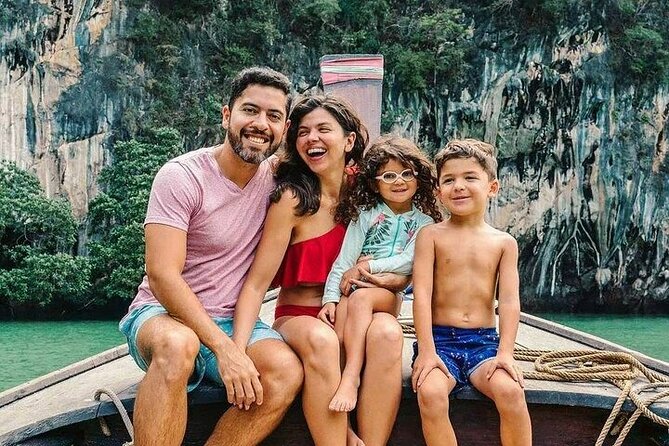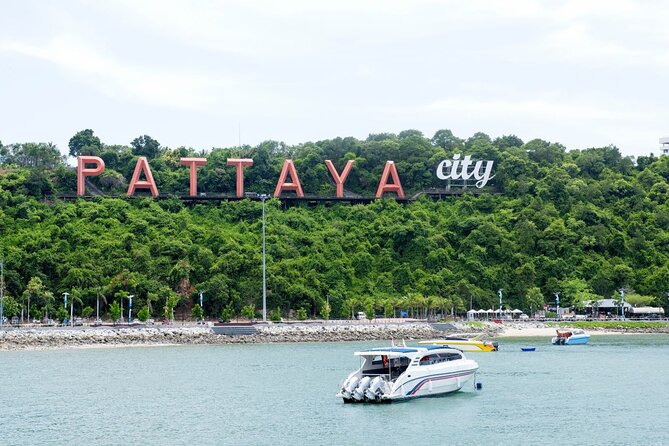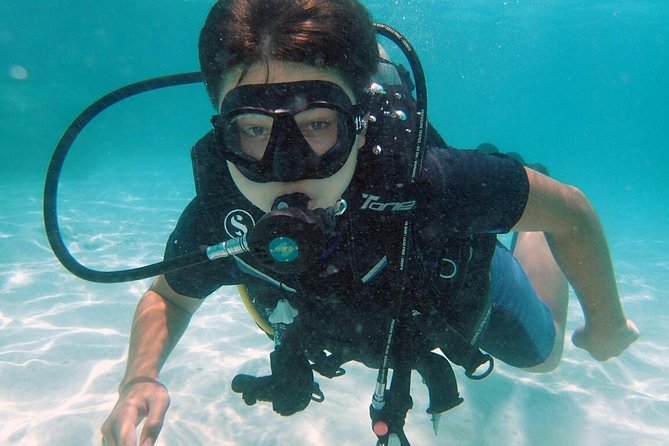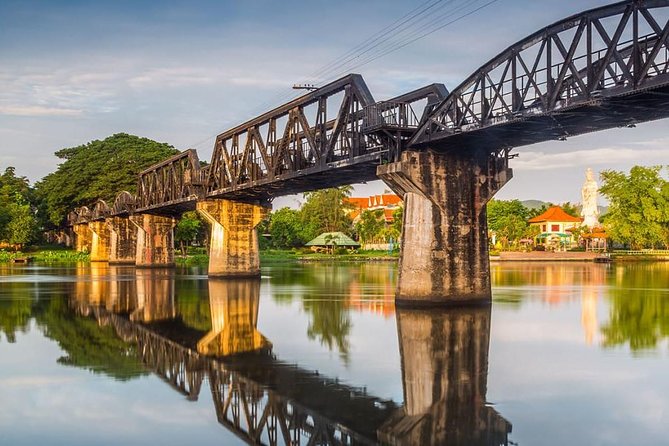PADI Freediver certification is just a breath away on Koh Chang. This Thai island offers the perfect blend of relaxation and adventure, with its laid-back atmosphere and stunning scenery. The PADI course covers breathing techniques, equalization methods, and more, building skills and confidence from land to pool to open water. With expert guidance and small group sizes, students become certified freedivers, mastering basic techniques and safety procedures. It’s a mental game as much as physical, requiring focus, discipline, and a strong mindset. As they gear up for the challenge ahead, the island’s sun, sea, and fun await – and so do the secrets of the deep.
Freediving Fundamentals Explained
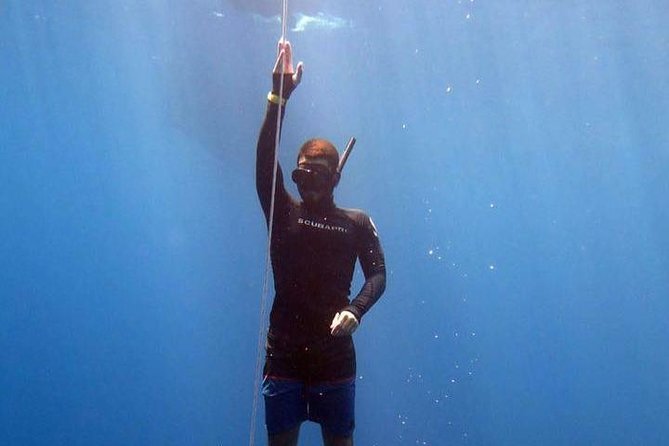
Freediving, in its most basic form, is about holding your breath and diving down to depths that would make a scuba diver jealous, all while relying on your body’s natural ability to adapt to the water’s pressure.
It’s not just about holding your breath, though – it’s about understanding how your body responds to the stress of depth. Your heart rate slows, your blood vessels constrict, and your body goes into ‘dive reflex‘ mode.
This natural response allows you to conserve oxygen and extend your dive time. Freediving is as much a mental game as it’s physical, requiring focus, discipline, and a willingness to push past comfort zones.
With the right training and mindset, anyone can unlock the secrets of freediving.
Course Structure and Objectives
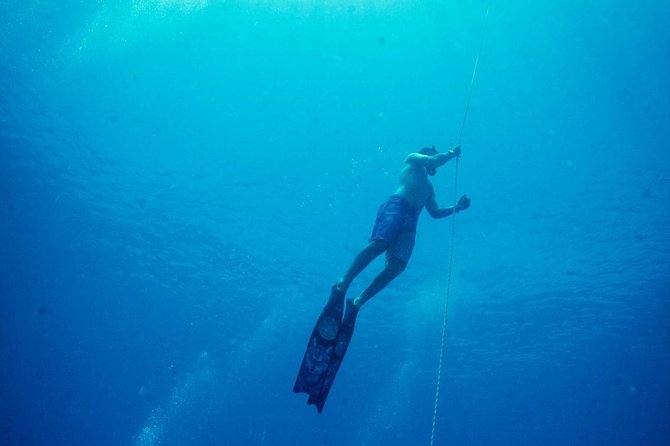
On this PADI freedive course, they’ll dive headfirst into the fundamentals, covering everything from breathing techniques to equalization methods, all with the goal of getting students comfortable and confident in the water.
The course is structured to take students on a journey from land to pool to open water, gradually building their skills and confidence.
By the end of it, students can expect to have mastered basic freediving techniques, including breath-hold techniques, buoyancy, and safety procedures.
The ultimate objective? To get certified as a PADI Freediver, of course!
With a small group size and expert guidance, students will be well on their way to becoming a certified freediver.
What to Expect in Koh Chang
As they trade in the classroom for the turquoise waters of Koh Chang, students can expect a unique blend of relaxation and adventure on this tropical island.
With lush green forests, white sandy beaches, and crystal-clear waters, Koh Chang offers the perfect setting for a freediving adventure.
The island’s laid-back atmosphere and stunning scenery will help students unwind and focus on their freediving skills.
During downtime, they can explore the island’s many beaches, try local cuisine, or simply relax at the hotel.
With a maximum of five students, the Padi course ensures personalized attention and a fun, intimate learning environment.
Get ready to trade in the stresses of daily life for a week of sun, sea, and freediving fun!
Preparing for Your Padi Course

Before diving into the world of freediving, students should prepare themselves physically and mentally for the challenges ahead.
It’s not just about holding your breath, folks; it’s about being in top shape to tackle the demands of freediving.
Get those lungs in tip-top condition by doing some cardio exercises beforehand. You don’t need to be a marathon runner, but a decent level of fitness is a must.
Mentally, prepare yourself for the unknown. It’s normal to feel anxious or scared, but remember, you’re about to learn a new skill that’ll blow your mind (not literally, we hope).
Lastly, make sure you’ve got the right gear and attire for the course. Don’t show up in stilettos and a three-piece suit, okay? Be practical, be prepared, and be ready to learn.
Freediving Techniques and Safety
Freedivers employ various techniques to extend their underwater stay, including diaphragmatic breathing, equalization methods, and streamlined body positioning to reduce drag and conserve energy.
They also use mental preparation, relaxation, and focus to slow down their heart rate and reduce oxygen consumption.
Safety is paramount, and freedivers learn to monitor their body’s signals, recognizing early warnings of shallow water blackout or lung overexpansion injuries.
They’re taught to dive with a buddy, using established hand signals and emergency procedures.
Proper weighting, equalization, and ascent techniques are also crucial to avoid injuries.
Getting Your Padi Freediver License
With the fundamentals of freediving techniques and safety protocols under their belt, enthusiasts can now take the plunge and pursue a PADI Freediver certification. This certification is a badge of honor, proving one’s skills and knowledge in the freediving realm. But what does it entail?
| Certification Level | Requirements | Benefits |
|---|---|---|
| PADI Freediver | Complete a 2-day course, pass a final exam, and demonstrate proficiency in freediving skills | Gain recognition as a certified freediver, join a community of like-minded individuals, and enjoy discounts on future courses |
| PADI Advanced Freediver | Complete an additional 2-day course, pass a final exam, and demonstrate advanced freediving skills | Expand knowledge and skills, gain access to deeper waters, and enhance freediving experiences |
| PADI Master Freediver | Complete an additional 3-day course, pass a final exam, and demonstrate mastery of freediving skills | Achieve the highest level of certification, become a leader in the freediving community, and unlock exclusive opportunities |
Planning Your Freediving Adventure
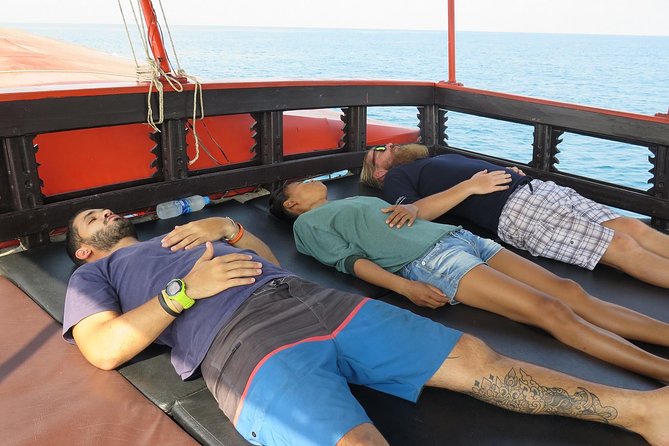
Dive into planning your freediving adventure by scouting out the best locations, as the right spot can make all the difference between a mediocre dive and an unforgettable experience. Don’t waste your time and money on a subpar dive site.
With Koh Chang as your playground, you’ve got plenty of options to choose from.
Check the weather forecast beforehand to avoid any unpleasant surprises.
Research the dive site’s conditions, including currents and marine life.
Make sure you’re physically and mentally prepared for the dive.
Don’t forget to pack your sense of adventure (and a healthy dose of courage).
Last but not least, choose a reputable guide or instructor to show you the ropes.
Essential Tips and Reminders
She’s finally set to embark on her freediving adventure, and it’s time to brush up on some no-nonsense reminders to ensure a safe and exhilarating experience.
Don’t even think about skipping breakfast – you’ll need all the energy you can get.
Stay hydrated, and we mean it – dehydration’s a freediver’s worst enemy.
During dives, equalize those ears and sinuses like your life depends on it (because, well, it does).
And please, for the love of all things good, don’t try to push past your limits. Panic and exhaustion aren’t a good combo.
Lastly, listen to your instructor – they know what they’re talking about.
Follow these simple tips, and you’ll be well on your way to becoming a certified freediver.
Recap
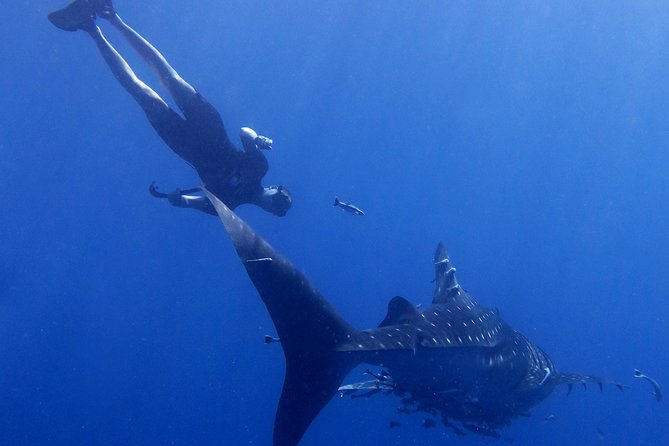
Time to take a deep breath – literally.
You’ve got this! With your new freediving skills, you’re ready to dive into the unknown (or at least, the ocean).
Remember, practice makes perfect, so don’t get complacent.
Stay safe, stay humble, and don’t be that person who forgets to breathe.
You got your PADI license, now go earn those bragging rights!

